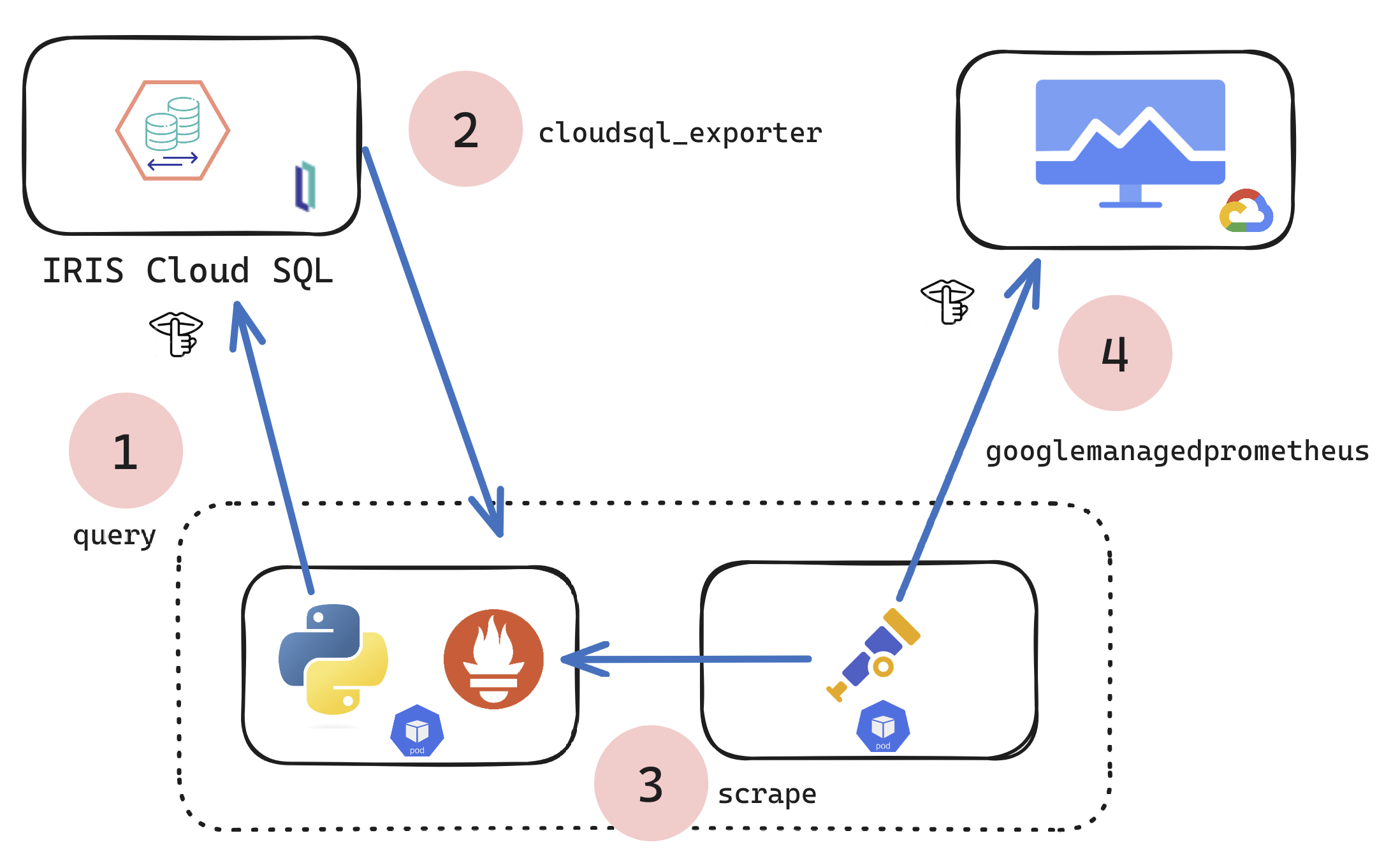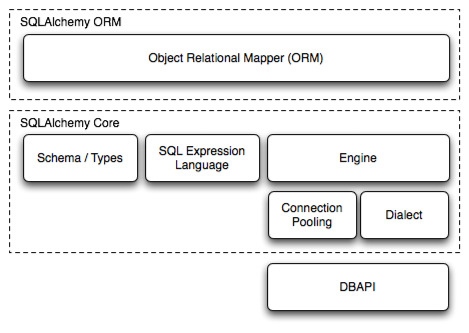Technical surprises using VECTORs
>>> UPDATED
Building my tech. example provided me with a bunch of findings htt I want to share.
The first vectors I touched appeared with text analysis and more than 200 dimensions.
I have to confess that I feel well with Einstein's 4 dimensional world.
7 to 15 dimensions populating the String Theory are somewhat across the border.
But 200 and more is definitely far beyond my mathematical horizon.



.png)
